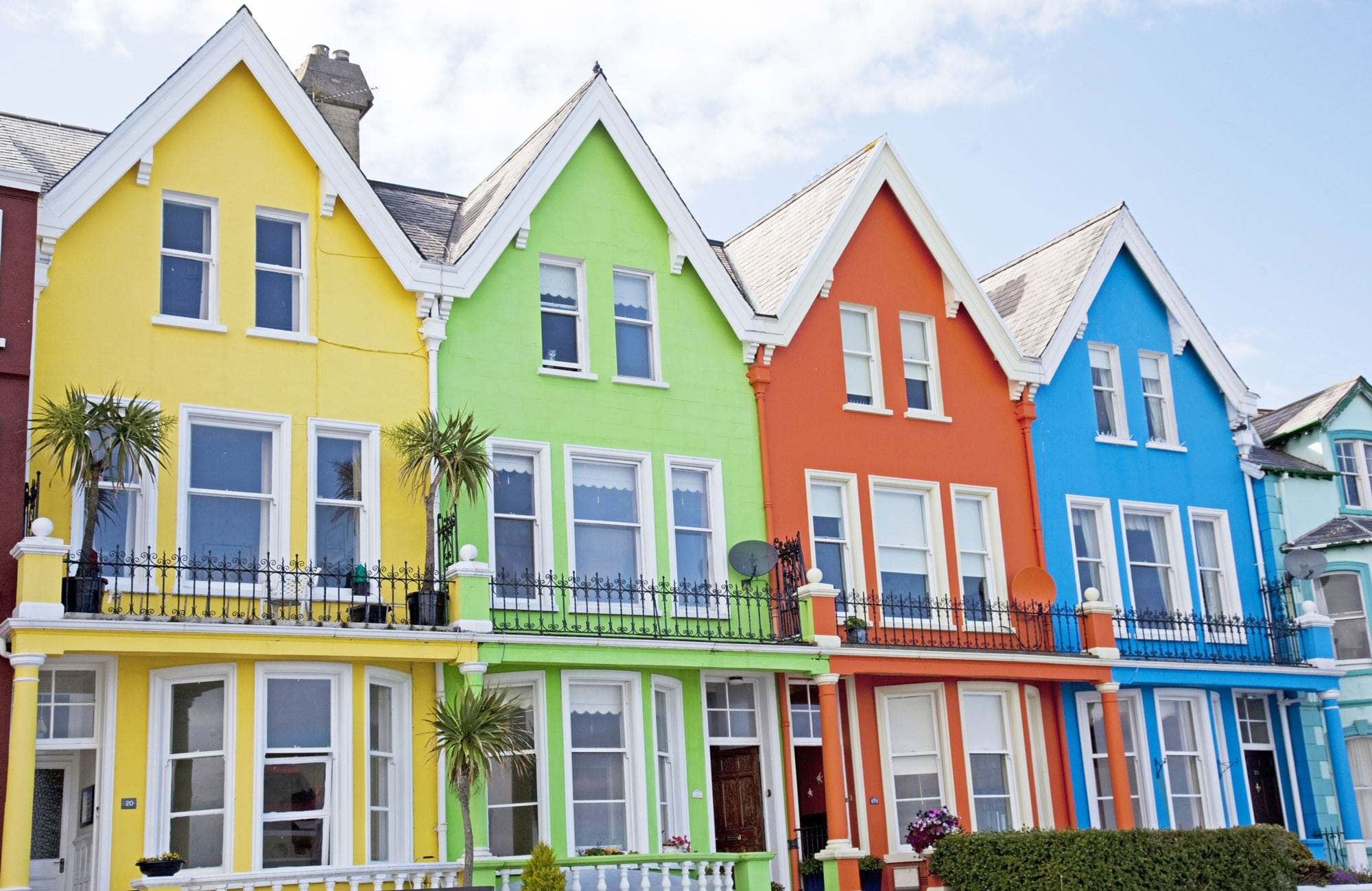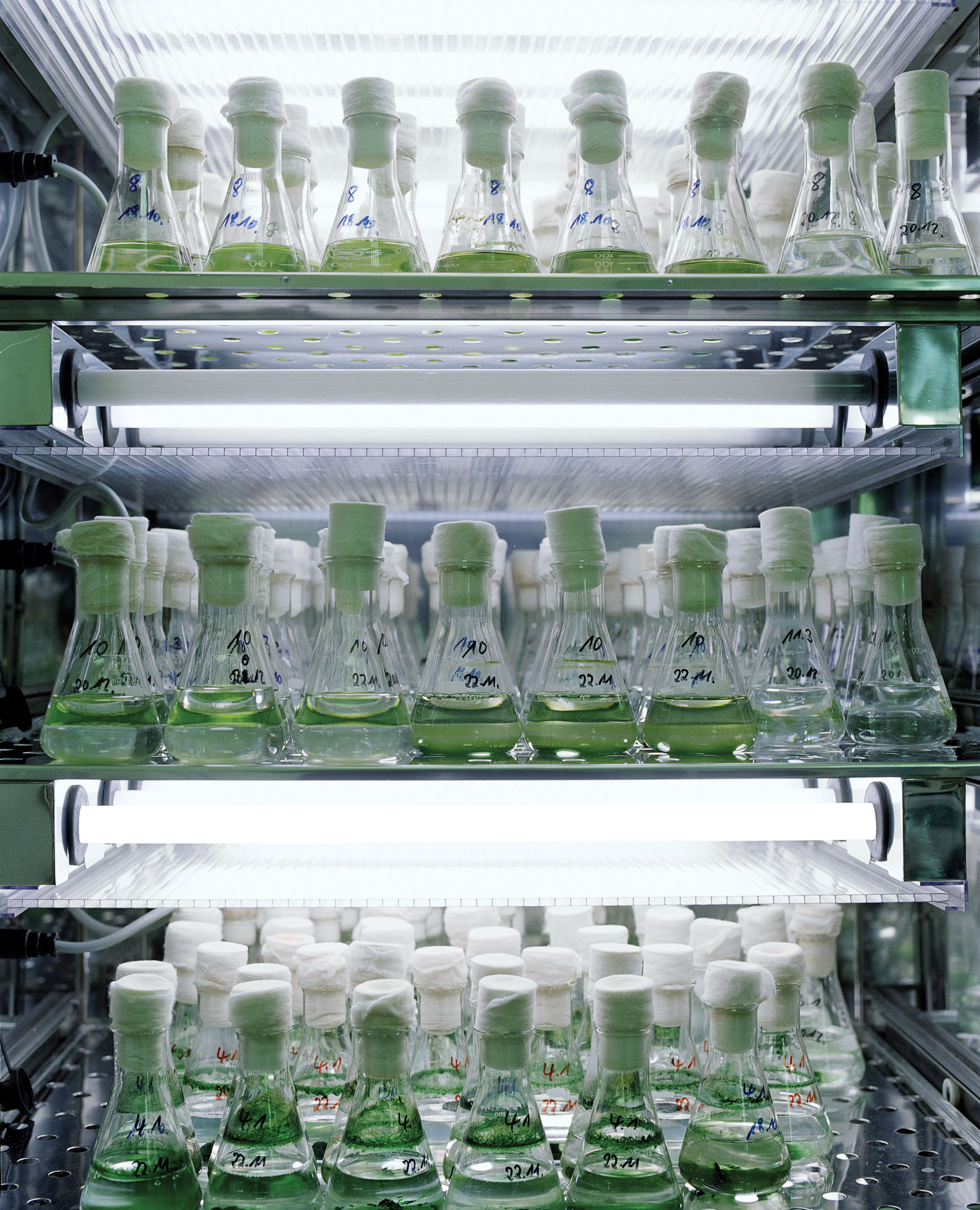Building materials are complex, and protecting them from mold requires biocides. LANXESS works to innovate toward smarter, greener inputs to give building materials a longer life.

LANXESS provides environmentally friendly solutions that inhibit fungal growth and more. [Photo: Courtesy of Lanxess]
Between the majority of manmade things in our lives—houses, vehicles, buildings, products—and ourselves lies a very thin layer of paints and coatings. These tiny barriers are measured in mils (U.S.) and microns (globally), and yet are expected to withstand the dings, slings, and arrows that the world throws at them.
Wall paint and wallboard endure abuses like mold and other living microorganisms that find their way into our homes. The mold problem has long been solved with biocides—chemical substances used to inhibit the growth of microorganisms such as bacteria, mold, and fungi. When using biocides, producers and paint and coatings manufacturers alike must comply with environmental and regulatory requirements—as well as consumer and market demands—which often drives them to look for more innovative and environmentally friendly solutions.
Overcoming Challenges
LANXESS, a leading specialty chemicals company operating in 25 countries with 75 production sites and 19,200 employees, has devised several such solutions at its R&D facility in Leverkusen, Germany. As a leading biocides supplier to the paints, coatings, wood protection, gypsum board, and several other industries, the company’s Material Protection Products business is called on to develop modern preservation solutions to support the paint industry in its transition to more environmentally compatible preservation systems, without losing efficacy.
Patricia Souza and Cecilia McGough, representatives from the company’s Material Protection Products business unit at LANXESS’s U.S. headquarters in Pittsburgh, explain how and where solutions using chemical innovations make for cleaner and greener indoor and outdoor environments. “As the paint industry evolves from solvent-based products to more environmentally friendly water-based and natural products, the need to control microbial growth increases,” says Souza, who leads the company’s Material Protection Products division.
FROM OUR SEPTEMBER+OCTOBER 2017 ISSUE
The preferred publication of leading green professionals.

[Photo: Courtesy of Lanxess]
The most current iteration in the biocide arena is a slower release biocide technology that she says is encapsulated in a matrix that slows the diffusion rate. “The biocidal agent still inhibits microbial growth,” she says, explaining that the slow release biocide delivers the biocidal agent at a low concentration, which controls and inhibits the microorganisms growth while minimizing potential environmental effects such as leaching in outdoor applications. When this product achieves regulatory registrations approval in the United States, she says it will likely serve a number of additional product applications, including water treatment, oil and gas, and paper, among others. “Anything with some water content and nutrients has this potential for microbial growth,” Souza says.
Strong Solutions
One significant industry with a microbial-vulnerable product that surrounds us, literally, is gypsum wallboards. The facings get painted, usually, but the back of the wallboard is coated in paper. Natural or synthetic based gypsum material provides the nutrients for microorganisms, especially molds, which can become a problem when moisture touches the paper. This can happen in shipping, construction site storage, and even after installation when water becomes trapped behind walls. In some homes built under wet or humid conditions, that water embeds in the paper backing. This became a widespread issue in homes built in Texas and the Southeast in the late 1990s; many houses had to be stripped to the studs to replace the wallboard and in some cases were demolished because occupants got sick from mold.

[Photo: Courtesy of Lanxess]
McGough, technical marketing manager for Material Protection Products at LANXESS, says the company already provides more environmentally friendly solutions for wallboard treatment. One such product is Sporgard® WB, a formulation of three fungicides that synergistically inhibit fungal growth that tends to cause odors, staining, discoloration, and biodeterioration. “Because it is product that has also been used in food applications and is VOC-free, this product is greener than most options currently on the market,” McGough says. “Finished goods companies who formulate with these fungicides (if the remaining raw materials are GREENGUARD approved), can submit their products for GREENGUARD certification.”
Sporgard® WB, as well as the slow-release biocide in development, has an additional waste-reduction benefit: It can extend the shelf life of paints and other building materials. “At LANXESS, we strive to be sustainable and to reduce our footprints along the value chain,” Souza says. Indeed the global company occupies an enviable position on both the S&P Dow Jones Sustainability Indices and FTSE4Good. Both are guides for investors interested in eco-investing, as measured against criteria in responsible and sustainable operations, products, and global citizenship.
Learn more about LANXESS.

